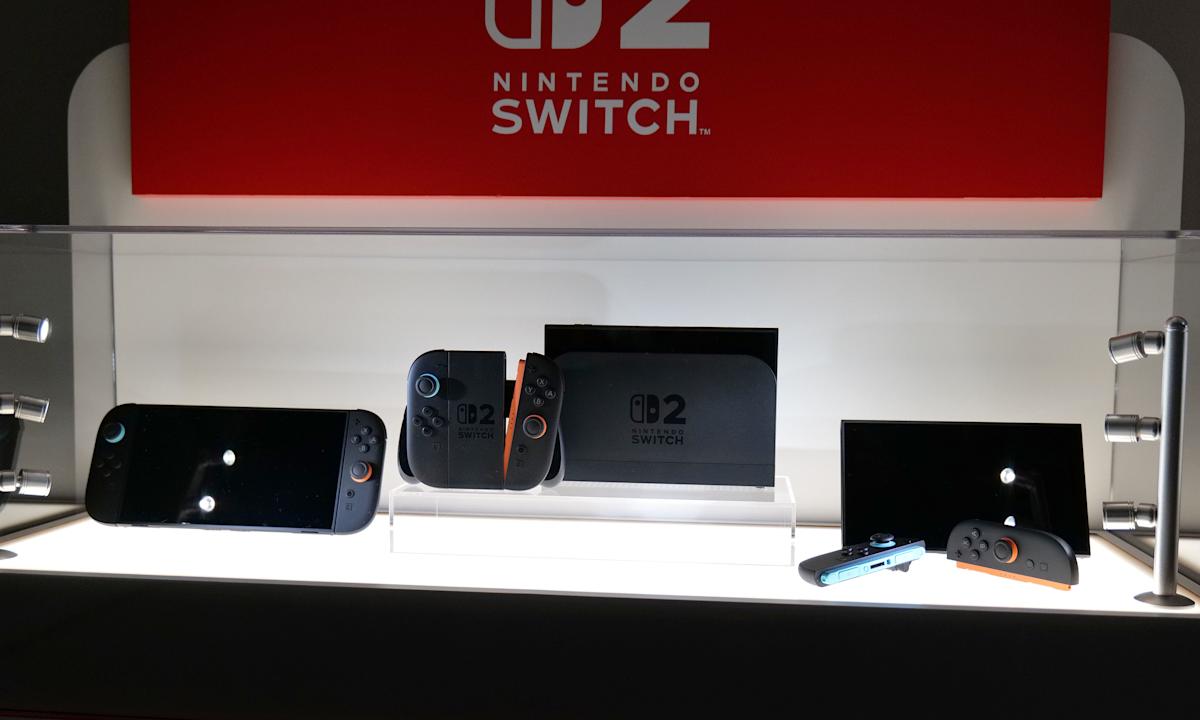The Nintendo Switch 2 is largely similar to its predecessor in terms of functionality. While it boasts some notable upgrades, such as detachable controllers that can be used as a mouse, a larger screen, more powerful hardware, and a built-in mic for voice chat, the overall design and user experience remain relatively unchanged. However, the company’s business strategy may be undergoing a significant shift, as it considers selling the console at a loss.
In recent developments, President Donald Trump has paused the imposition of harsh tariffs on most countries, excluding China. The tariffs on Chinese imports have been increased to 125 percent, while imports from other countries will still be subject to a minimum levy of 10 percent. This move has significant implications for Nintendo, which is planning to manufacture a substantial portion of its Switch 2 units in Vietnam.
According to Bloomberg, Nintendo may be taking advantage of the 90-day tariff freeze to produce as many Switch 2 units as possible in Vietnam and shipping them to the US, which accounts for approximately a third of the company’s sales. Although the 10 percent tariff may still result in a loss for Nintendo, analysts believe that the company can absorb this cost. Hideki Yasuda of Toyo Securities estimates that the Switch 2’s bill of materials is around $400, which means that Nintendo would still be selling consoles at a loss in the US, even with the 10 percent tariff.
The situation is more challenging for Sony, which produces most of its PlayStation consoles in China and may be forced to increase prices in the US. In contrast, Nintendo has historically avoided selling its consoles at a loss, instead focusing on generating revenue through software sales. However, with the Switch 2, the company may be willing to take a hit on the console’s price to maintain a competitive edge in the market.
Another analyst, Robin Zhu of Bernstein, suggests that Nintendo will likely keep the Switch 2 price at $450, even if the tariff on Vietnamese imports remains at 10 percent. However, if the tariff were to increase to 46 percent, the company might raise the price by $50 to $100. Nintendo’s decision to potentially sell the Switch 2 at a loss is surprising, given the console’s critical role in the company’s success. The gaming division is by far Nintendo’s largest source of revenue, and the company is relying on a strong sales performance from the Switch 2 to drive growth.
Nintendo formally unveiled the Switch 2 just hours before Trump announced the higher import tariffs, and the company subsequently delayed pre-orders for the console in the US. With the tariffs now on hold, Nintendo is likely to restart pre-orders to gauge demand in North America and adjust its manufacturing plans accordingly. The company’s ability to navigate the complex tariff landscape and maintain a competitive pricing strategy will be crucial in determining the Switch 2’s success in the market.
Source Link





